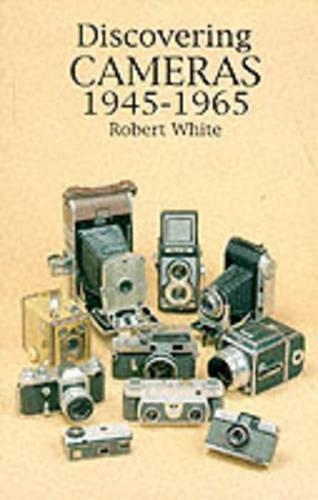
Discovering Cameras 1945-1965
(Paperback)
Publishing Details
Discovering Cameras 1945-1965
Bloomsbury Publishing PLC
Shire Publications
1st August 2001
United Kingdom
Classifications
General
Non Fiction
History of engineering and technology
771.309
Physical Properties
Paperback
112
Width 113mm, Height 177mm, Spine 12mm
182g
Description
This book traces the changes in the years from 1945 to 1965 wen there were considerable advances in photography and cameras. At the start of the period, most snapshot photographs were black and white contact prints made from box and folding bellows camera negatives: by the end, snapshooters enjoyed the simplicity of instant loading cameras, automatic exposure control, built-in flash and colour prints. The interchangeable lens 35 mm camera with coupled rangefinder enjoyed a boom, but had to finally give way to the single-lens reflex; 6 cm square twin-lens reflex and folding roll-film cameras grew steadily in popularity until they were pushed aside by cameras taking smaller negatives.
Tiny cameras using 16 mm film and half-frame 35 mm cameras were popular for a while, whilst the Polaroid instant picture system, launched shortly after the Second World War, went from strength to strength. The post-war period of shortages gave the chance to camera makers in Britain, American, Italy, France and elsewhere to challenge the strong German industry, but only until the German industry fully recovered. By then, German camera makers faced competition from Japan by 1965, names such as Nikon, Pentax and Canon, unknown in 1945, had become world-famous
Author Bio
Robert White became interested in the history of the camera whilst still a pharmacy research student at London University in the late 1950s. He then joined the pharmaceutical industry, where he worked until his early retirement in 1991. As well as collecting all manner of cameras, photographic books, accessories and printed ephemera, he has lectured, worked as a photographic museum volunteer, written many magazine articles, and the Shire book Discovering Old Cameras 1839-1939. His wife, who is also a pharmacist, has patiently suffered his filling the family home with cameras and books, since she enjoys collecting herself and has more recently persuaded her husband to join her in her own interest of drawing and painting.
